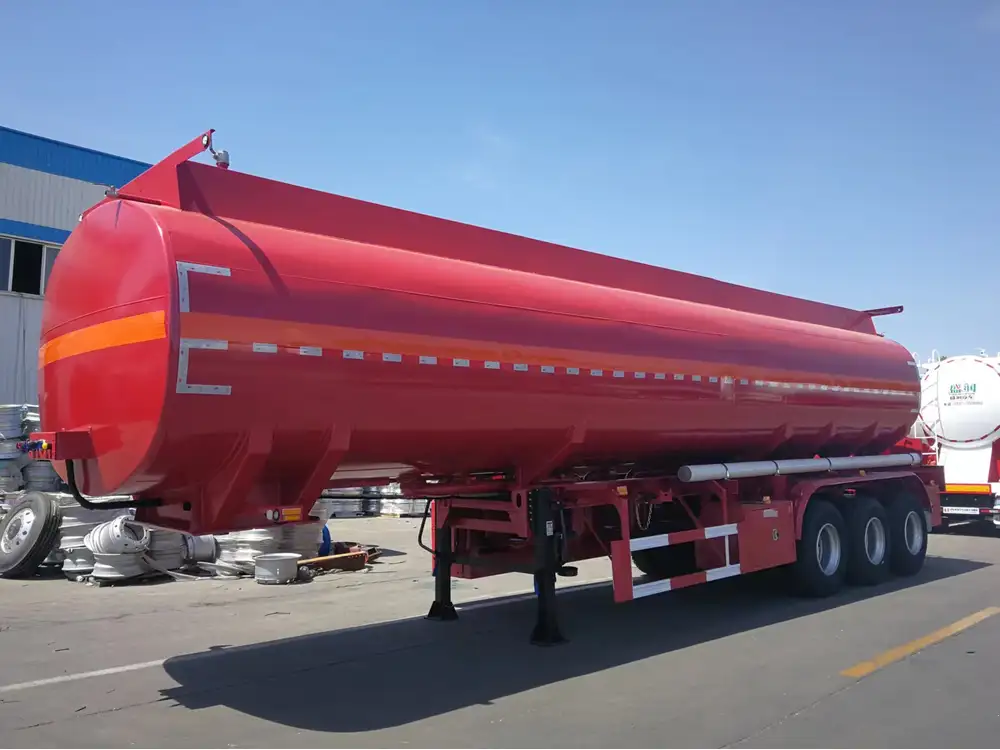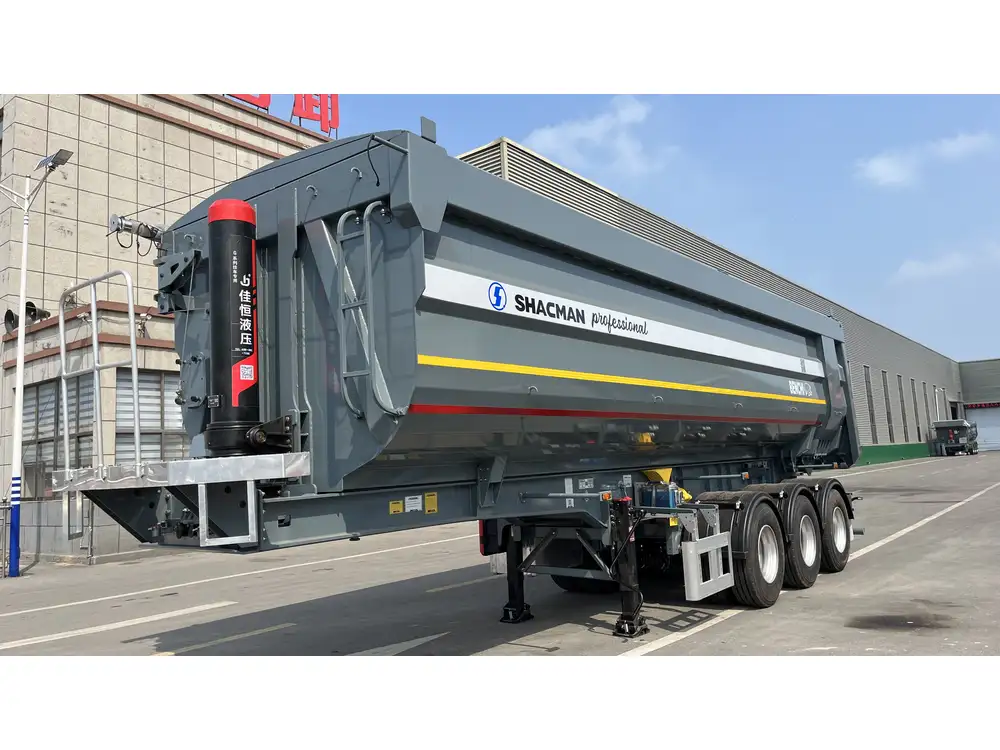When it comes to semi-trucks and trailers, one of the most pressing questions for many fleet managers and trucking companies is whether they should opt for air suspension systems. This inquiry often transcends the basics of vehicle performance, delving into aspects like cost efficiency, load management, and overall driving experience. Let’s dissect this topic comprehensively.
Understanding Air Suspension: What Is It?
Before diving into the advantages and possible downsides of air suspension, it’s crucial to understand what it entails. Air suspension systems replace traditional coil or leaf springs with air bags, which are inflated to achieve the desired ride height and load-carrying capability.
Key Components of Air Suspension:
- Air Bags: Comprised of rubber and fabric, these bags inflate or deflate to adjust load capacity.
- Compressor: This pump manages the air pressure in the system.
- Control Valves: Regulation of air flow into and out of the bags ensures appropriate suspension performance.
- Sensor System: Advanced systems may utilize sensors to adjust ride height based on load and driving conditions automatically.
Advantages of Air Suspension in Semi-Trailers
Enhanced Ride Quality
- Air suspension provides a smoother ride by absorbing road shocks and vibrations. This is particularly beneficial during long hauls over uneven surfaces.
Improved Load Distribution
- By adjusting the inflation of air bags, drivers can achieve better load distribution, which not only prolongs the life of the tires but also enhances fuel efficiency.
Increased Cargo Safety
- Sensitive cargo, such as fragile goods, benefits from the reduced vibrations that air suspension systems provide, leading to fewer damages during transit.
Height Adjustability
- With the ability to adjust ride height, drivers can navigate different terrains more effectively, which is particularly useful when loading and unloading at various locations.
Reduced Weight
- Air suspension systems can sometimes be lighter than traditional steel springs, contributing to a lower overall vehicle weight, which can translate into better fuel efficiency.

Potential Disadvantages of Air Suspension
Higher Initial Costs
- The upfront investment for an air suspension system can be considerably higher than traditional systems. However, this can be offset by long-term savings in maintenance and fuel costs.
Complexity and Maintenance
- While air suspensions offer many advantages, they are also more complex, requiring more careful maintenance. Regular checks are necessary to ensure the compressor and air bags are functioning properly.
Vulnerability to Leaks
- Air systems are susceptible to leaks, which can lead to malfunctions and require prompt repairs to maintain performance integrity.
Comparing Air Suspension to Traditional Suspension Systems
| Feature | Air Suspension | Traditional Suspension |
|---|---|---|
| Ride Comfort | Superior, smoother ride | Good but can be harsh at times |
| Load Management | Excellent dynamic load adjustment | Limited to fixed parameters |
| Maintenance Cost | Moderate to high | Generally lower |
| System Weight | Usually lighter | Heavier due to metal components |
| Installation Complexity | More complex | Less complex |
Is Air Suspension Right for Your Semi-Trailer?
Determining whether you need air suspension on your semi-trailer involves a variety of factors, including your specific operational needs, budget, and the type of loads you typically carry.
Consider the Following Questions:
- How often does your fleet operate on rough terrain?
- What types of cargo are you transporting?
- Will the investment in air suspension result in higher efficiency or reduced damage claims?
- Are you prepared for the ongoing maintenance requirements associated with an air suspension system?

Real-world Case Studies
Company A: A refrigerated goods transport company experienced a significant reduction in cargo damage claims after switching to air suspension. The improved ride quality led to better delivery outcomes.
Company B: A logistics firm dealing with heavy machinery found that air suspension allowed them to navigate rough terrain without sacrificing vehicle stability, resulting in enhanced operational efficiency.
Cost-Benefit Analysis of Air Suspension
Making a decision requires balancing the costs against expected benefits. Here’s a simplified breakdown:
- Initial Investment: Expect to invest an additional $2,000 – $5,000 for air suspension compared to traditional systems.
- Maintenance Costs: Annual maintenance could range from $500 – $1,000 depending on the complexity of the system and local rates.
- Improved Fuel Efficiency: Potential fuel savings of 5-10% from weight reduction and improved aerodynamics.
- Damage Reduction: Estimate the cost of cargo damages saved per year – in many cases, this can significantly exceed additional expenses.
Conclusion: To Install or Not?
The consideration of air suspension for semi-trailers ultimately hinges on the specific operational conditions of your business. Companies dealing with sensitive goods or traversing uneven terrain may find the benefits justify the costs. In contrast, operations focused solely on rigid freight transport across well-maintained roads may not require such advanced systems.
To make the best decision, analyze the nature of your transport needs, evaluate potential savings, and consider both immediate and long-term effects on your operations. Engaging with a qualified provider can also provide additional insights tailored to your unique situation.
In summary, air suspension presents a sophisticated solution offering myriad benefits in terms of ride quality, cargo safety, and adaptability. However, careful consideration and analysis are paramount before making a decision that aligns with both operational goals and financial prudence.



